
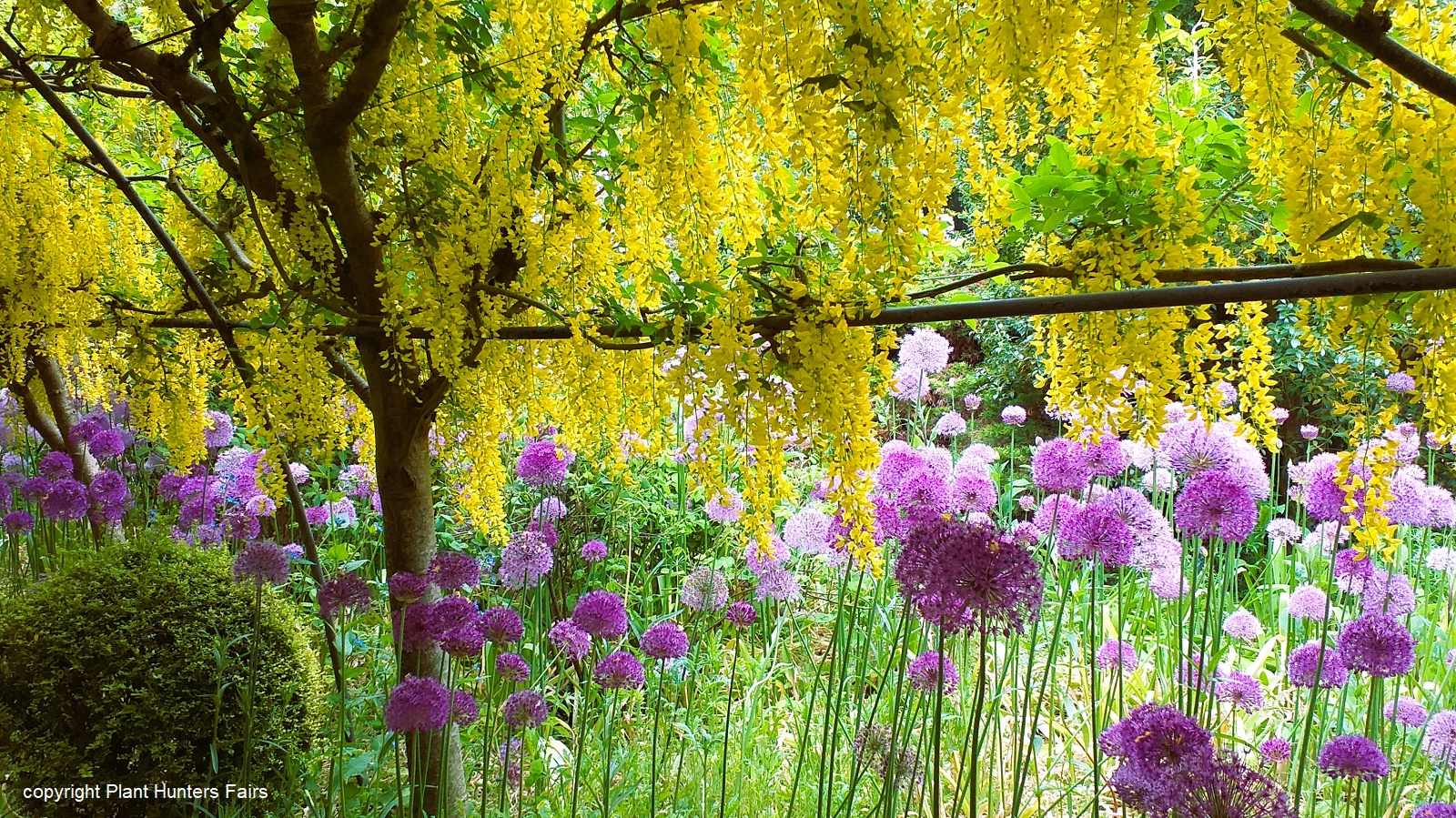
Know Your Onions - Alliums for your Garden
by Martin Blow, Plant Hunters Fairs
Whether or not you’ve grown alliums, you’ve probably eaten some as common vegetables: onions, leeks, garlic, and chives are all alliums. Chives are commonly grown for both ornamental and kitchen use, often lining a path in a cottage garden.
Alliums can be one of the most striking flowers in the garden and at this time of year (May - June) it's wonderful to see a sea of Allium Purple Sensation unplanting the golden rain of flower falling from a laburnum arch.
This month I’m featuring some of my favourite ornamental non-edible alliums from the many species and varieties available. One word of caution, some alliums can be invasive (e.g. three-cornered leek) so check this out before purchasing. The ones I’ve chosen here aren’t invasive.
On the whole alliums like lots of sun, free drainage and not too much fertiliser. In wet or heavy soils, you could use raised beds or plant in pots or tubs with gritty compost.
Alliums look great in many garden styles: classic borders, cottage gardens, gravel gardens and naturalistic gardens. They are particularly good for bees as they have lots of small flowers for a constant supply of nectar.
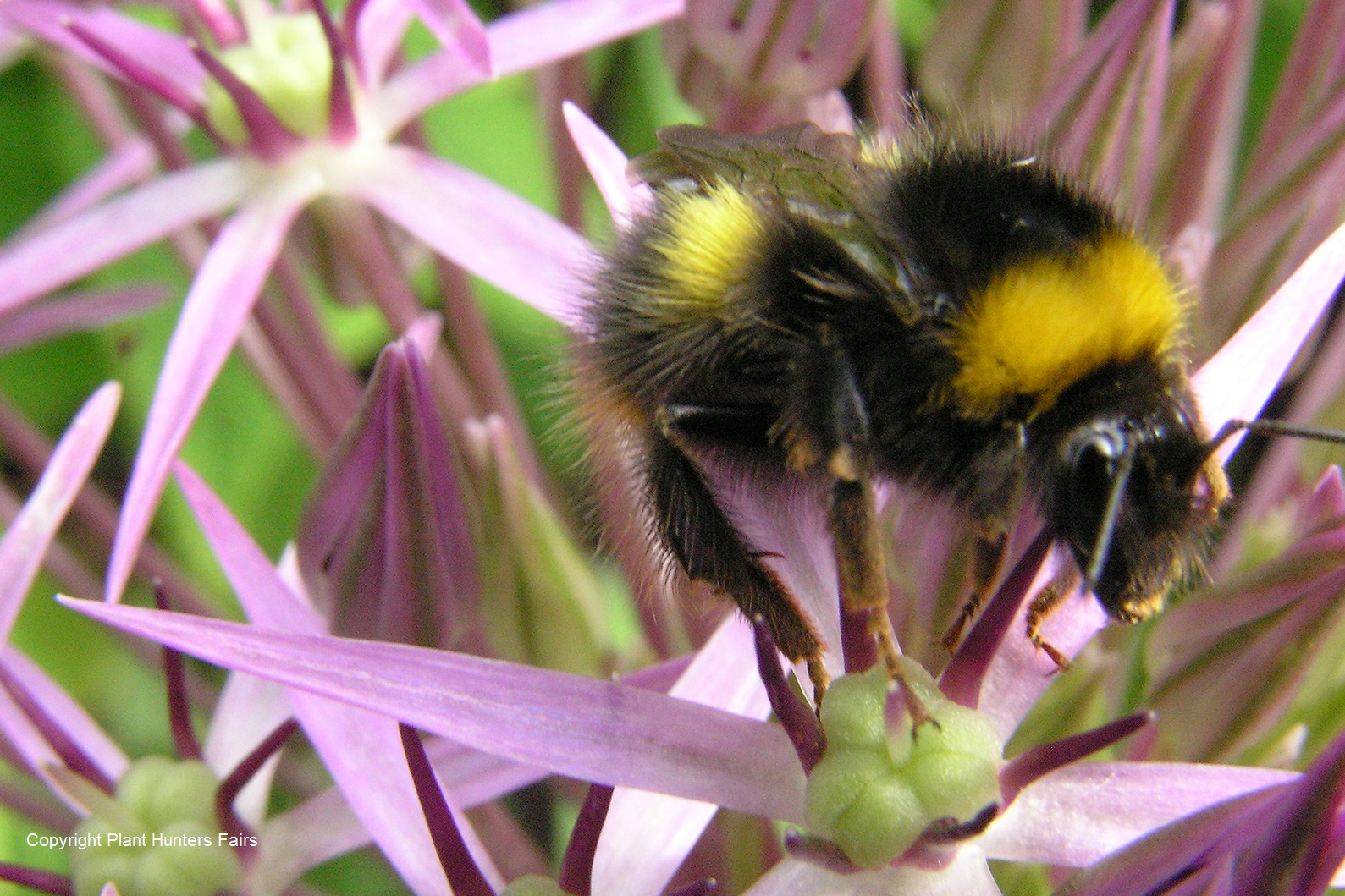
Bulbs are best planted in early autumn about 4 times as deep as the height of the bulb. Pot-grown plants can be planted any time in the growing season. Don't be afraid of planting deeply so that some of the leaves and stems are partially buried.
One of the most impressive allium flowers is borne by the Star of Persia (Allium christophii) in early summer. The flower heads are up to 8in / 20cm across and studded with pale violet flowers on top of stems not much taller. Like many other alliums the leaves die off before the flowers open. The seed heads dry on the plant and are very decorative in flower arrangements through the winter.
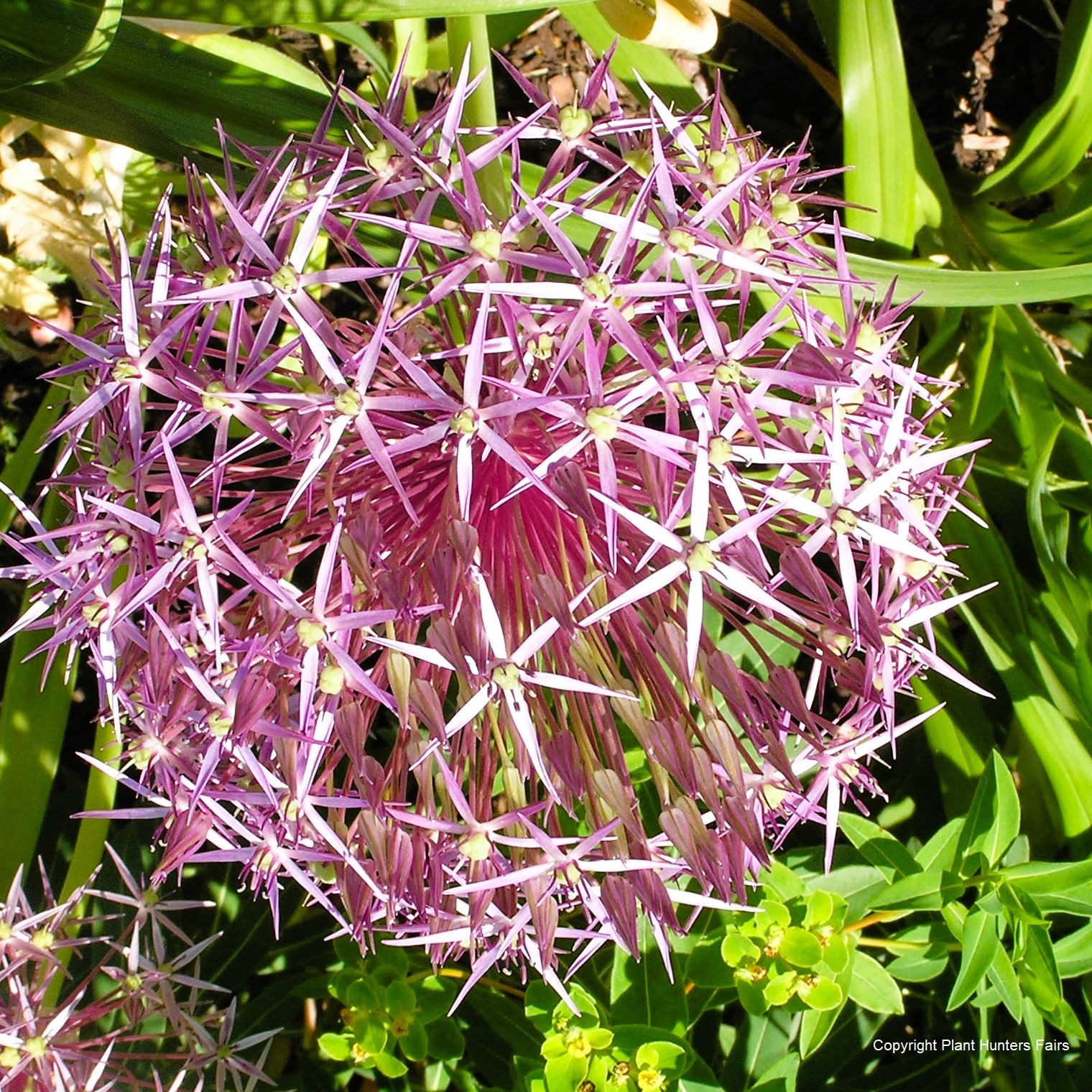
Taller, but equally spectacular is Schubert’s Allium (A. schubertii) which has purple flowers arranged in a ball shaped head where each flower stem is of different length creating a firework sparkler effect.
Another tall variety with far smaller tighter flower heads is Round-Headed Allium (A. sphaerocephalon). The intensely purple flower heads look best grown amongst other plants or even ornamental grasses.
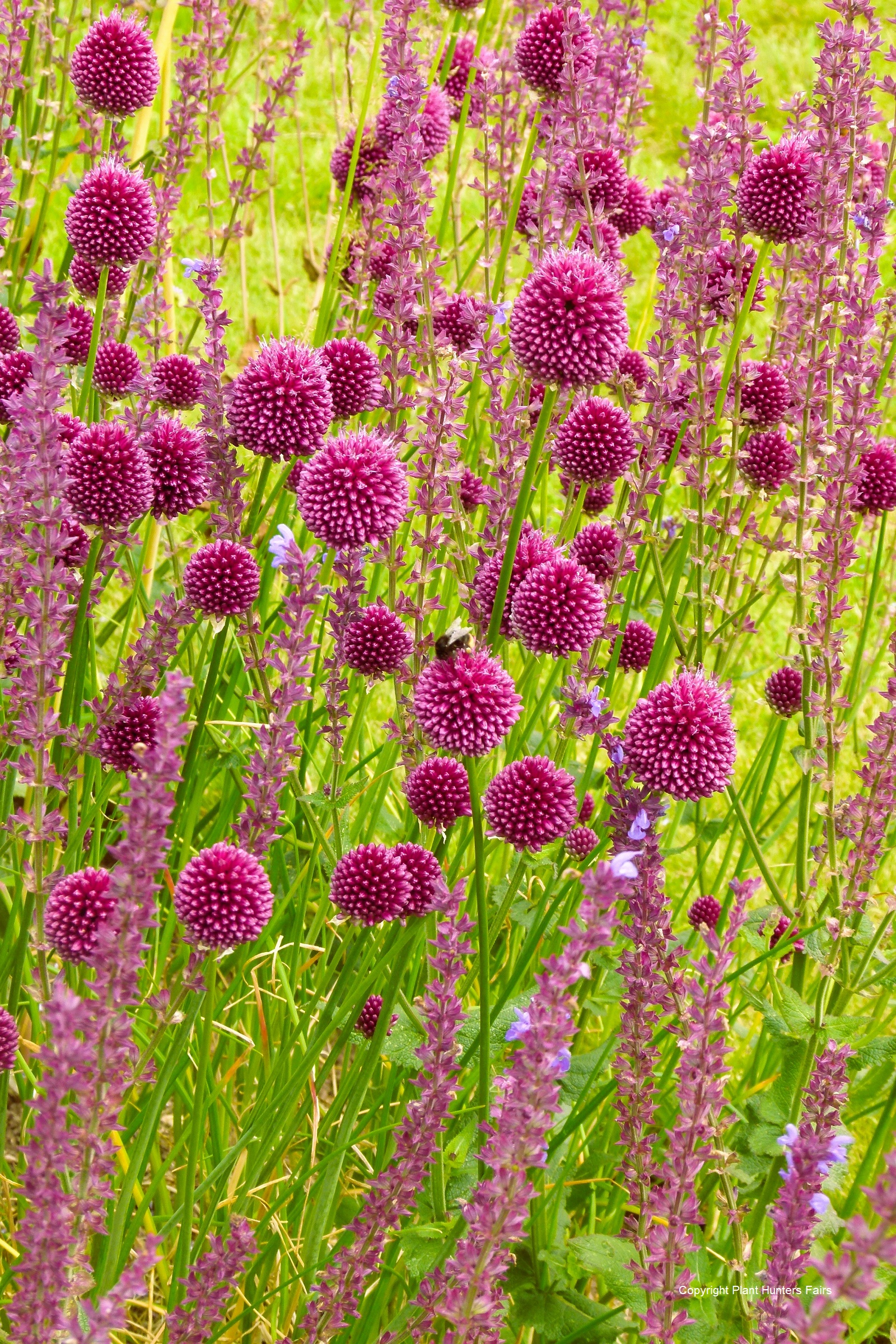
Perhaps the best known allium is “Purple Sensation” (A. hollandicum) that flowers in early summer and has large ball-shaped heads of a strong purple colour. These are followed by very tactile green seedheads that gradually dry to straw brown over the summer. These look lovely underplanting climbers or classically along the base of a laburnum arch but also in herbaceous borders.
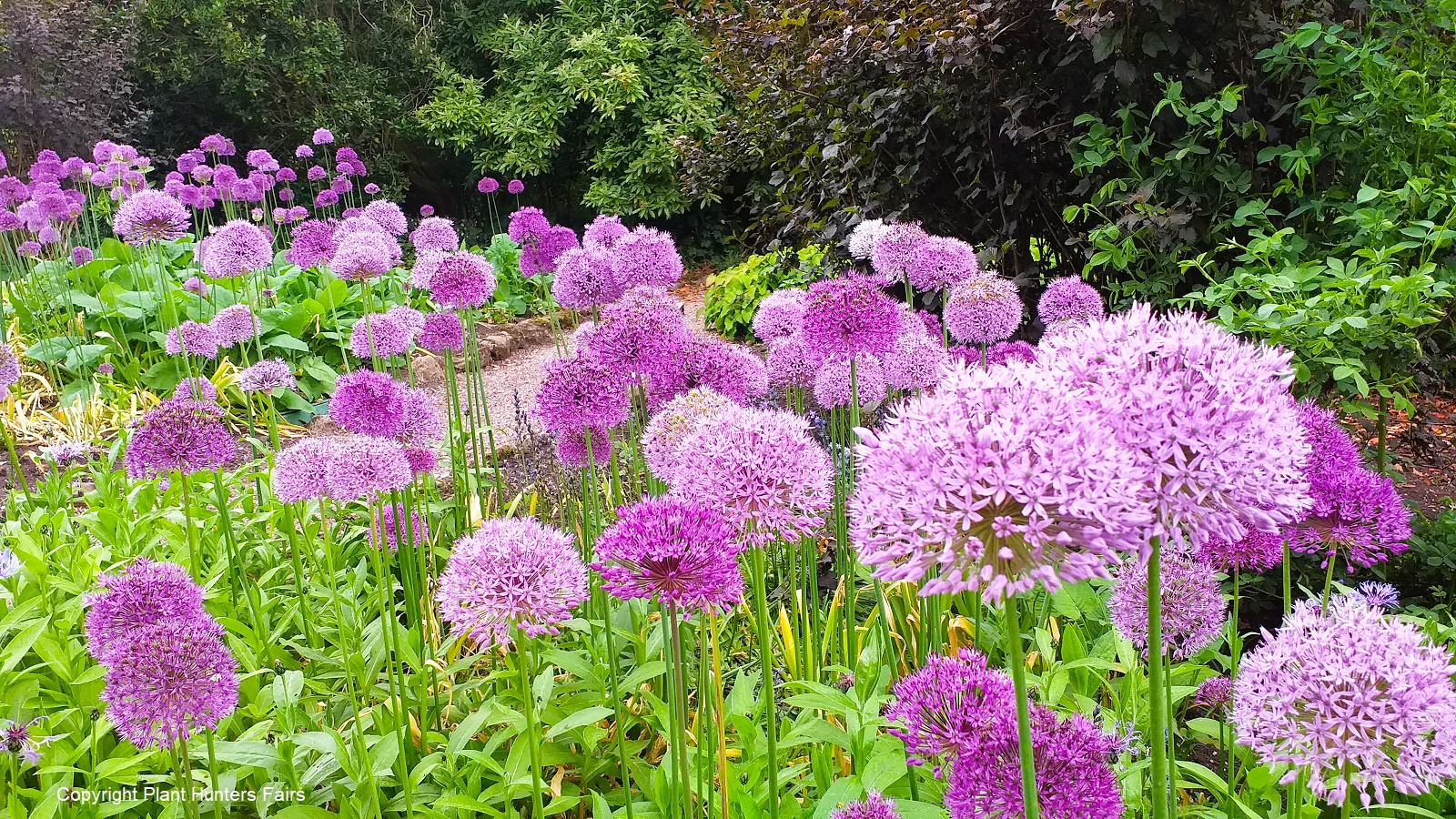
Similar to Purple Sensation, but with white flowers is “Mount Everest”.
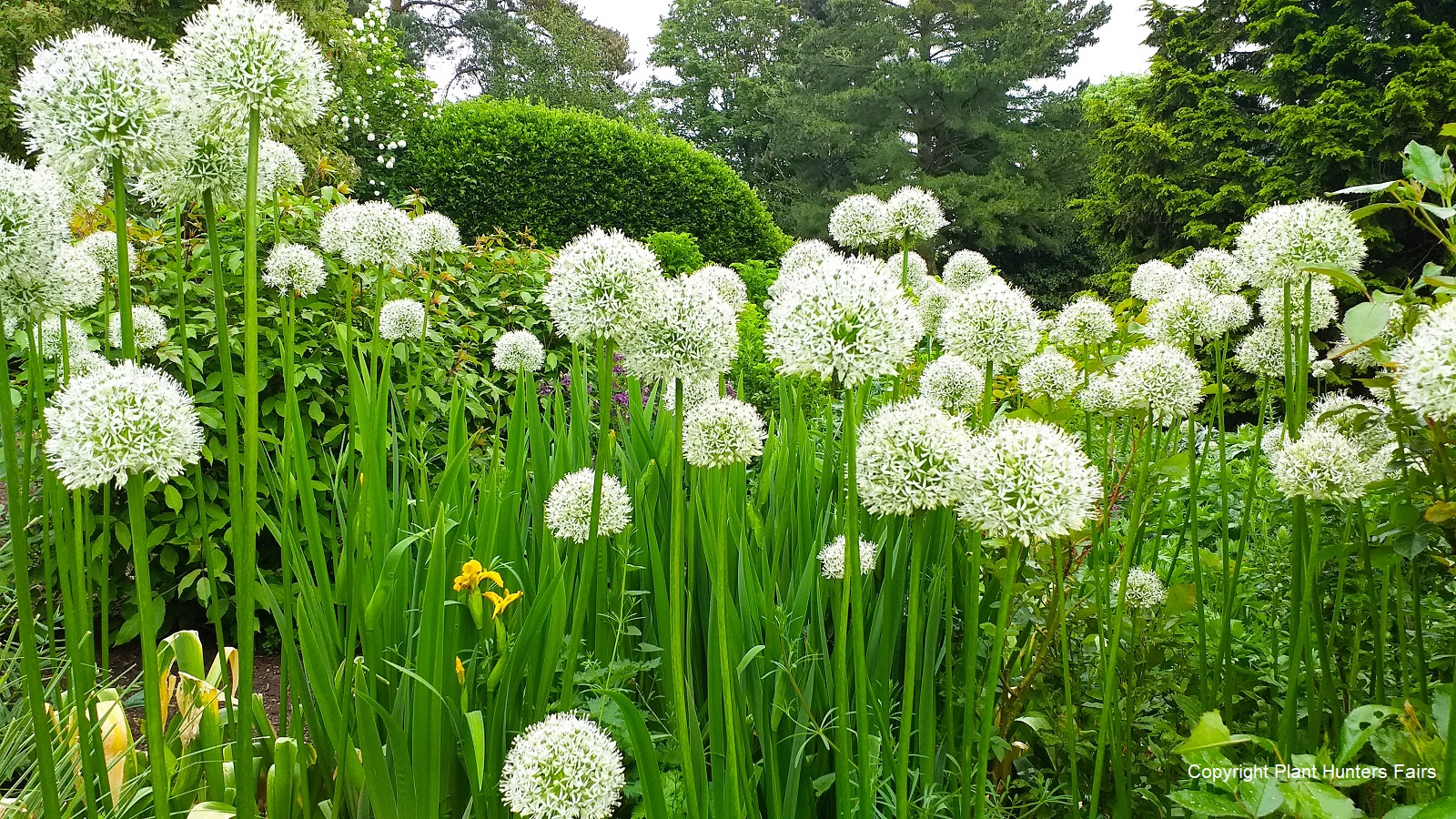
There are also many short types to grow including my favourites, the pink Nodding Allium (A. cernuum) and the yellow Allium flavum.
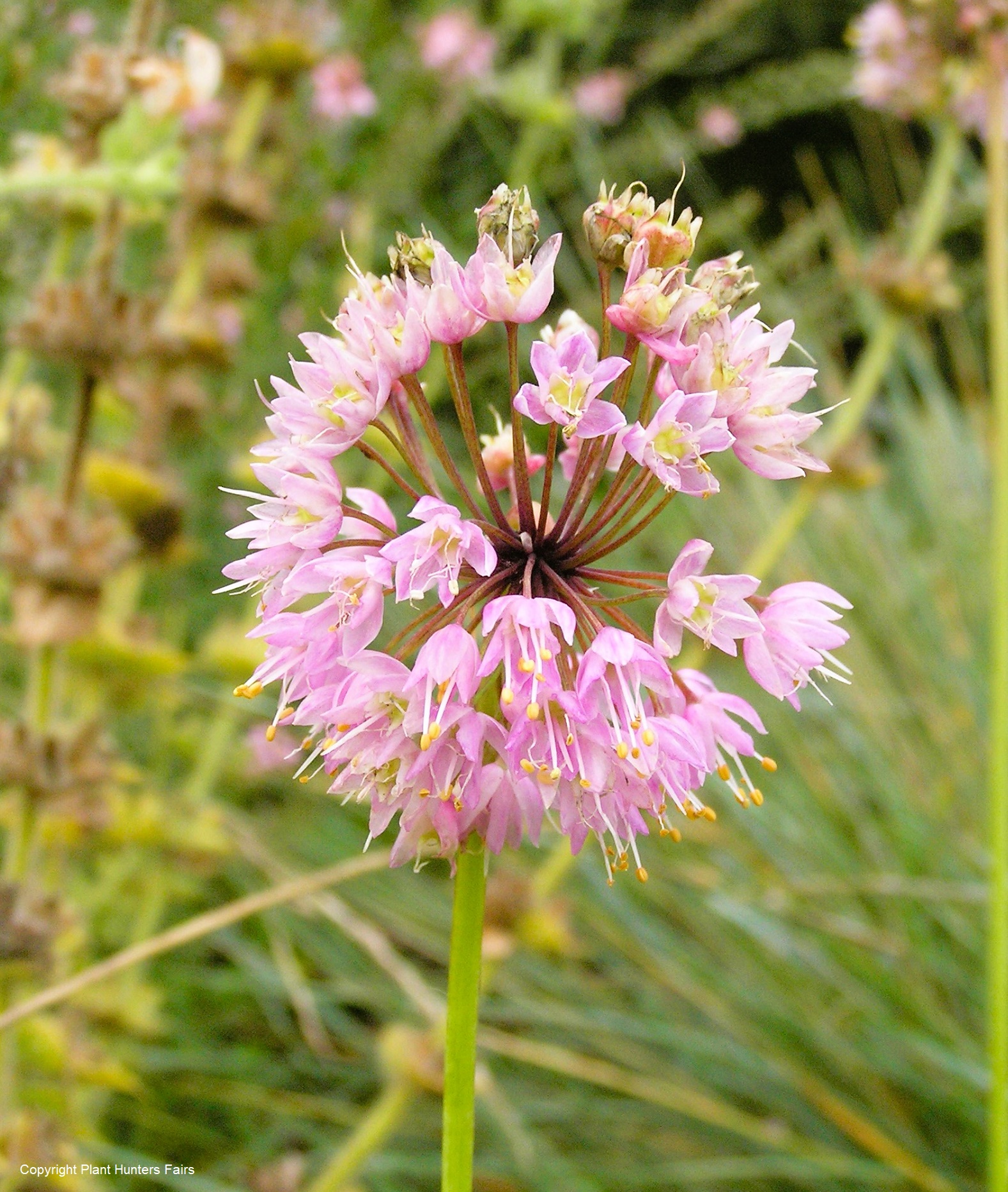
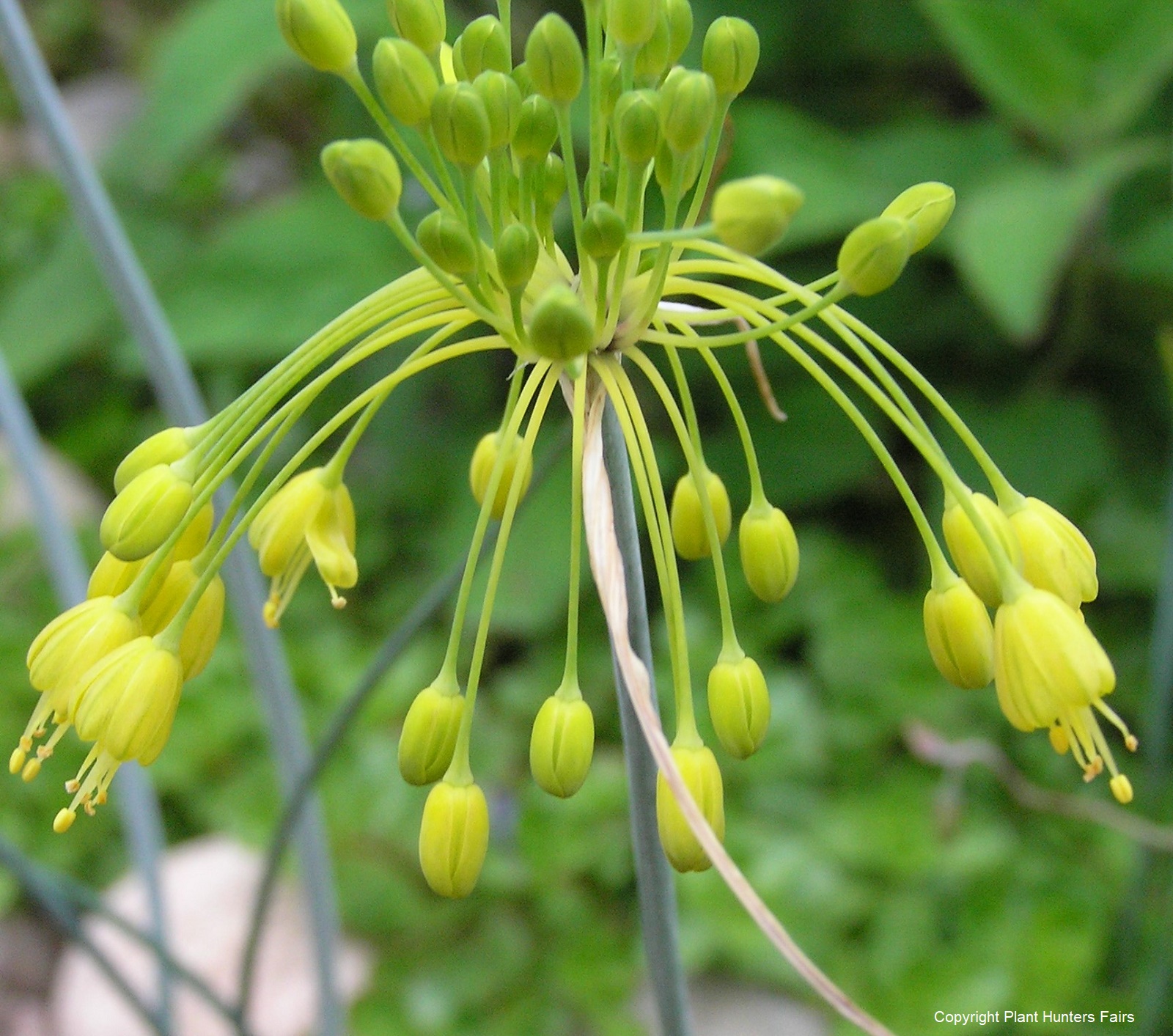
Gardeners shouldn't forget also that many edible alliums have attractive flowers as well - Chives, Garlic Chives, Welsh Onions and of course (the somewhat invasive) Wild Garlic can all have a place in the garden
Whatever alliums you choose to grow you’ll be glad you got to know your onions.
All text and images © Plant Hunters Fairs